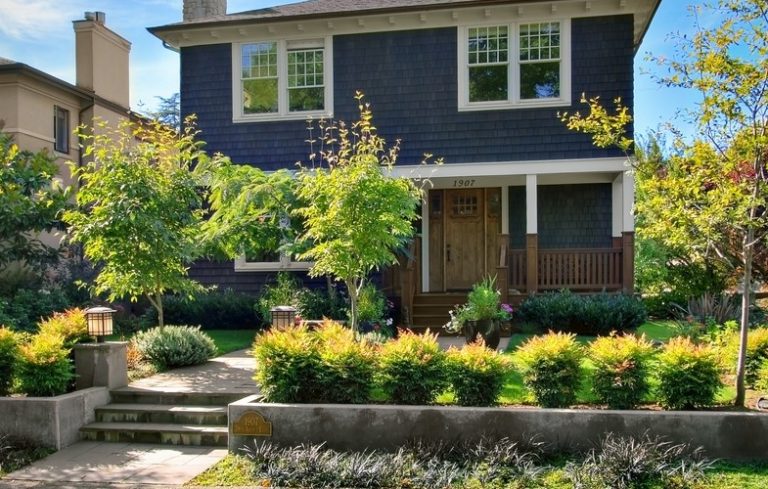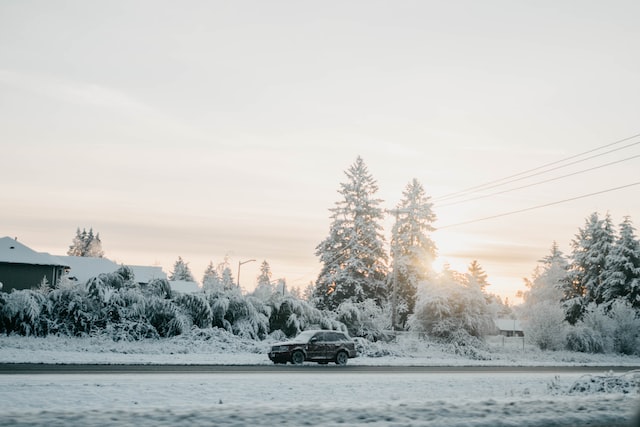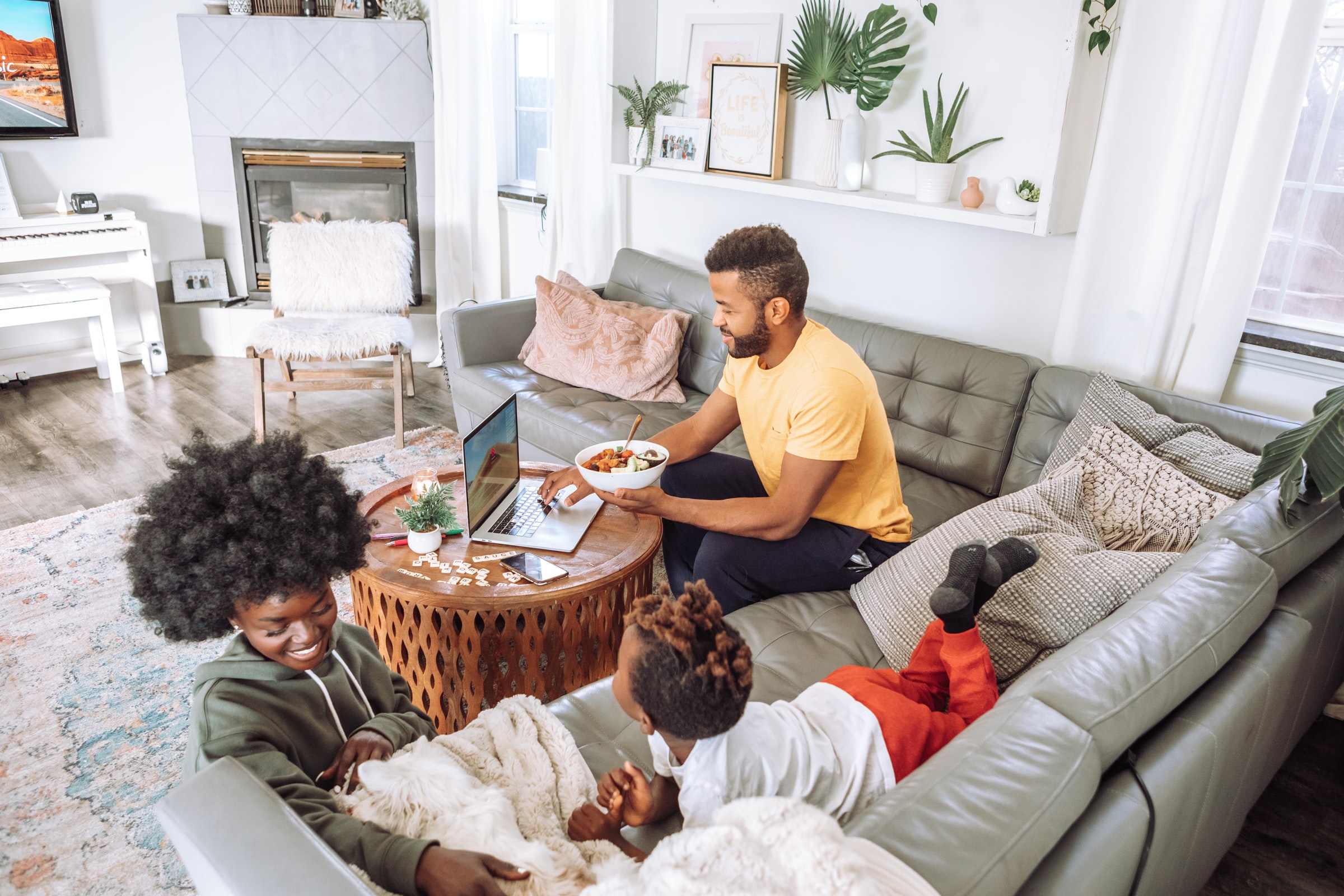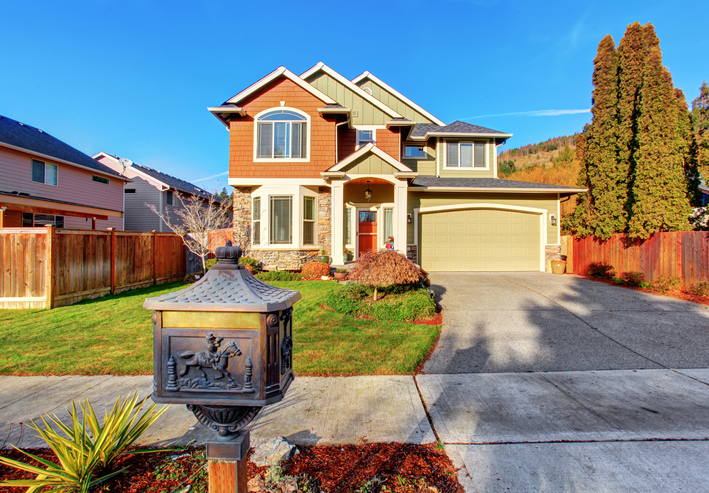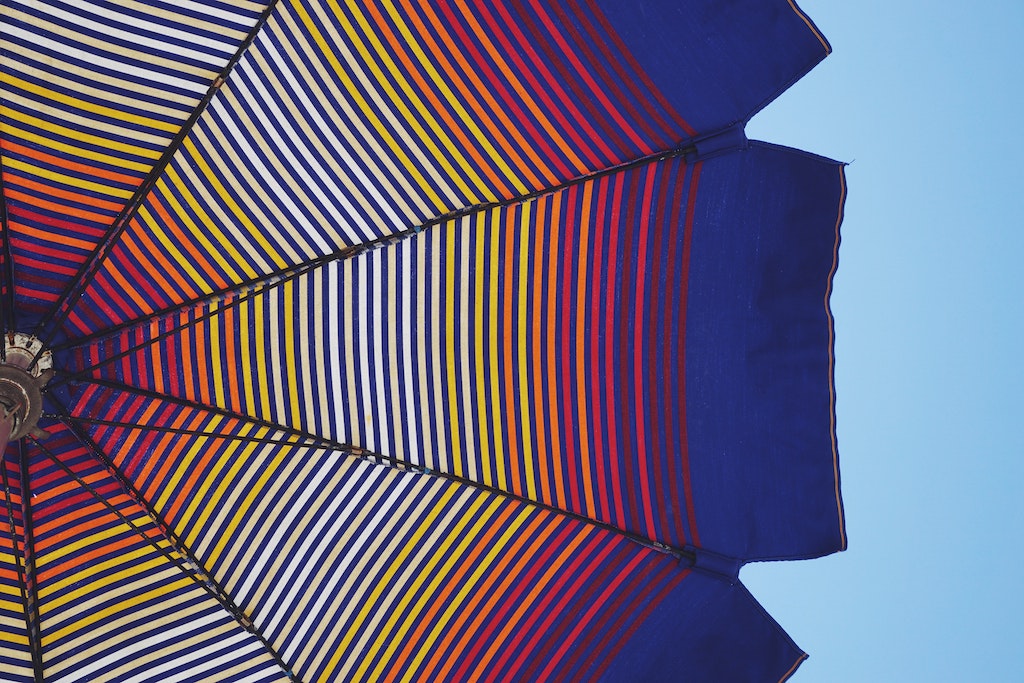Having land that you can work with is a great project for those who are creative and want to personalize where they live. Landscaping can transform a plot of land and even the look of a house to make an area have the right vibes. Depending on what you want to grow, you can make your yard look any way you want it, but that’s also an idea that can be intimidating. People who don’t have much experience in the way of design may shy away from the concept of landscaping because there are so many options.
You don’t need to be an expert in landscaping to make your yard look fantastic. All you need is a little time to read about easy tips that will help you with your landscaping process. Knowing about landscaping balance is the foundation for whatever design you want to create. Balance will make your yard look like you hired a professional to make your landscaping dreams come true, saving you money and time.
Read on to learn more about balance and how you can make it work in your yard.
Use a Symmetrical Balance
Working a symmetrical balance into your yard is the easiest way to provide balance to whatever you plant. Symmetry is a concept almost everyone should already know about. It would look something like two identical bushes on either side of a water fountain or rows of flowers lining up in the same way. It makes anything look planned out and purposefully done rather than having your plants grow in random spots across your yard.
Experiment with Asymmetrical Balance
If you want your yard to have a more natural look, try using an asymmetrical balance in your landscaping. Doing so creates unity and balance through repetition.
Think about a traditional Japanese garden. It has stone pathways and shrubs that appear as if they’ve been randomly arranged, but their repetition visually balances everything no matter what angle you view the garden from. This design might take a little more planning, but it will work in any space or landscape.
Think About Color
Many homeowners create flowerbeds around things like lamp posts or even mailboxes. When done correctly, they’re a beautiful pop of color that acts as a focal point.
Balance the color of your flowers and plants so that they don’t look sloppy. Red and blue flowers mixed together with occasional yellow ones popping through would look better if they were all grouped together or woven into a design. Color greatly affects the balance of landscaping because it so easily draws the eye.
Focus on Hard and Soft Landscape Details
Not all landscaping details relate to softscape, or the living elements in your yard like plants. Some details will be hardscape, like your driveway, walkways and other nonliving components. Mixing the two can help create a perfect balance, especially surrounding yard features like fire pits and gardens.
Focusing on these details is part of the design process you can work with to make your landscaping ideas become a reality. Putting design elements in categories like these will make it easier when it comes down to combining them.
Consider Plant Types
Plants need to grow in certain areas because not all of them will thrive under the same conditions. Knowing this information helps narrow down what you’ll grow and where you’ll plant it, depending on what parts of your yard get the most water and sunlight.
Putting similar plants together will balance out the design of your yard, and you should also think about what the plants will look like when they’re fully grown or blooming. You don’t want a large plant to suddenly overtake the surrounding ones or for trees to not fit together after they grow.
Balance Plant Textures
Another thing to think about with the plants you’ll end up using is what textures they’ll have once they’re growing. Some plants will have pointy, sharper edges that won’t look as natural up against something lacy and laid back like a willow tree. Try to join plants that will have similar textures to give your yard a balance that people can both see and feel.
Test Out Lighting
If you’ve ever painted a room before, you know that you need to see a swab of your potential new paint in all different kinds of lighting before you paint the whole room. Lighting makes colors look different at different times of the day, even if it’s subtle. Once you’ve decided on your plants, test them in different lighting before planting them. This step is easiest to do with potted plants since you can move them around without having to dig them up and transplant them.
Try these balancing tips with your landscaping project. They can help you get started or even get out of a design rut if you feel like your creativity is stuck. Once you get started planting, you’ll feel like a pro, and you can take your design balancing skills with you onto any of your next home projects.
